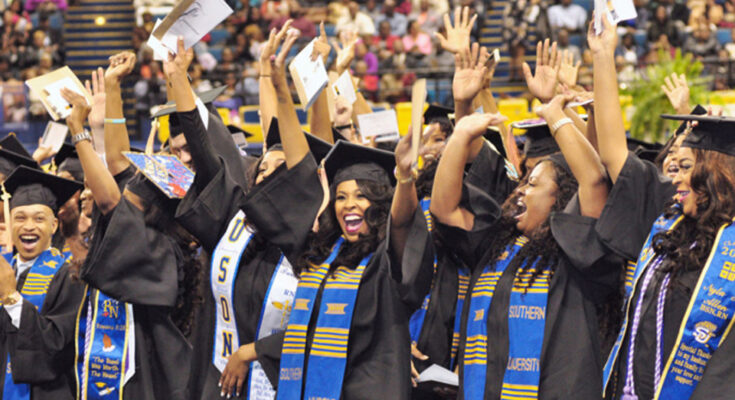Historically black colleges and universities (HBCUs) are institutions of higher education that were established with the purpose to provide African Americans education.
Cheyney University of Pennsylvania, previously known as the Institute for Colored Youth, is the oldest historically black school.
Cheyney University was established in 1837 by Richard Humphreys, a Quaker philanthropist.
This institution was established to teach African Americans the necessary skills needed in the work field, such as agriculture.
Under the Second Morrill Act of 1890, which required states with segregated higher learning schools to provide a land-grant for institutions for black students, many HBCUs were created.
Shaw University, founded in Raleigh in 1865 was the first HBCU created after the Civil War.
Other schools who came quickly after that included Howard University, Morehouse College, and Virginia’s own Hampton University.
HBCUs became the hub for activism during the Jim Crow area.
In 1980, President Carter signed an executive order to provide federal funding to HBCUs.
African American leaders such as W.E.B Du Bois, Martin Luther King Jr., Langston Hughes, Toni Morrison, and Oprah Winfrey, attended a HBCU.
HBCUs have opened up many doors of opportunities for African Americans who at one time were denied an education. (courtesy of www.wtkr.com)
ADVERTISEMENT









